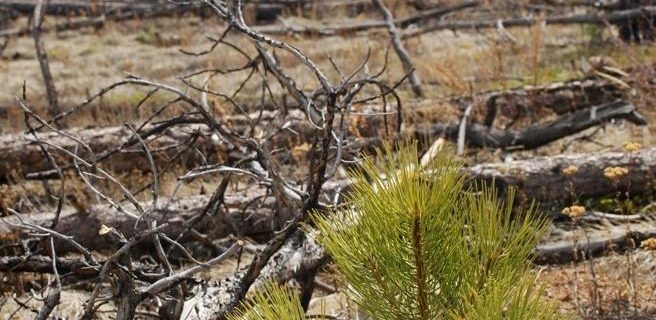October 2014: Jemez Mountains
We put together a field trip for the JFSP governing board to tour the Jemez Mountains area with a focus on understanding/studying the fires that occurred there over several decades. The field trip materials below are listed in order of each place we stopped. We also have provided a virtual field trip with photos of …





